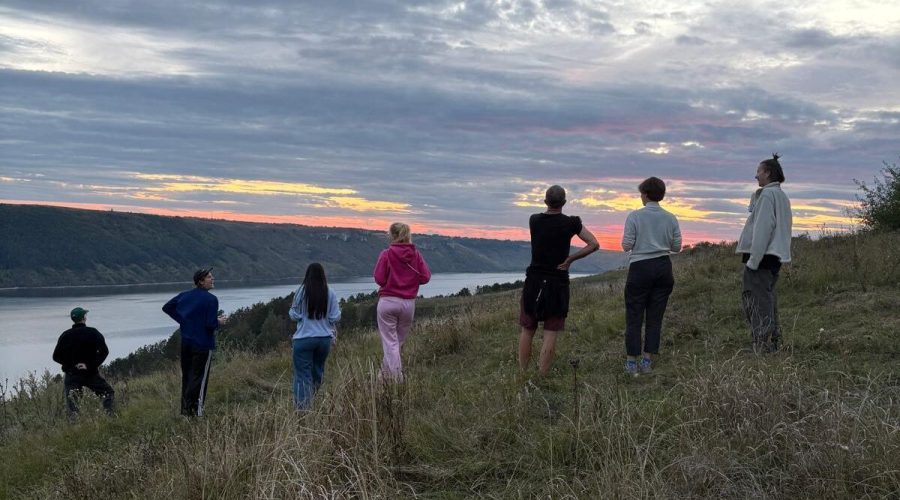Project news
The call for artists
An open call for 6 artists (including two Ukrainians) interested in co-designing with Ukrainian communities a “non-touristic” guide on the present and future of Ukraine has been launched on the 1st of April, 2025.
Applicants are called to design unconventional tours to discover the Ukrainian region of Bakota, in Western Ukraine, by involving the inhabitants in a process of recovering memories of the past, raising awareness on opportunities and problems of the present, foreseeing possible future scenarios. Artists will be hosted for a two-week art residency at Bakota Hub, a cultural centre in Horaivka, Khmelnytskyi Oblast (Southwestern of Ukraine)- The tours will be printed and published in an international guidebook dedicated to non-tourists, those who do not travel to collect postcards but to discover the authentic spirit of a territory.
The selected artists will receive a 3.000 EUR grant to produce their tour, two-week hospitality at – and travel to – Bakota Hub (Ukraine), their artwork featured in an international publication, the training on the Non-tourism methodology through a co-design workshop in July in Warsaw, artistic curatorial and tutoring feedback sessions, network and exchange opportunities with other residency artists at Bakota Hub in Ukraine.
The artistic residency
Through an international open call that received over 240 applications, six artists — Anna Romandash, Olena Kayinska, Camille Bleu-Valentin, ARSÈNE, Robin Alysha Clemens, and Bohdana Korohod — were selected to take part in a residency in Ukraine, in Bakota, and to create an artistic guide to the region together with local communities. The work followed a community storytelling process the group was trained in during a three-day co-design workshop in Warsaw, inspired by the New European Bauhaus Compass and the Nontourism methodology.
During the residency, held in September 2025, the artists—accompanied by representatives of Terrytory NGO, the local partner—explored sites and local narratives (including the cave monastery on the Dniester River and Stara Ušytsia), engaging with the community through public moments and informal encounters (over 130 people, including residents, elders, children, local workers, and IDPs). Interviews, photographs, family archives, legends, and everyday practices became working materials to co-create an artistic travel guide that highlights the area and strengthens residents’ sense of belonging and cohesion.
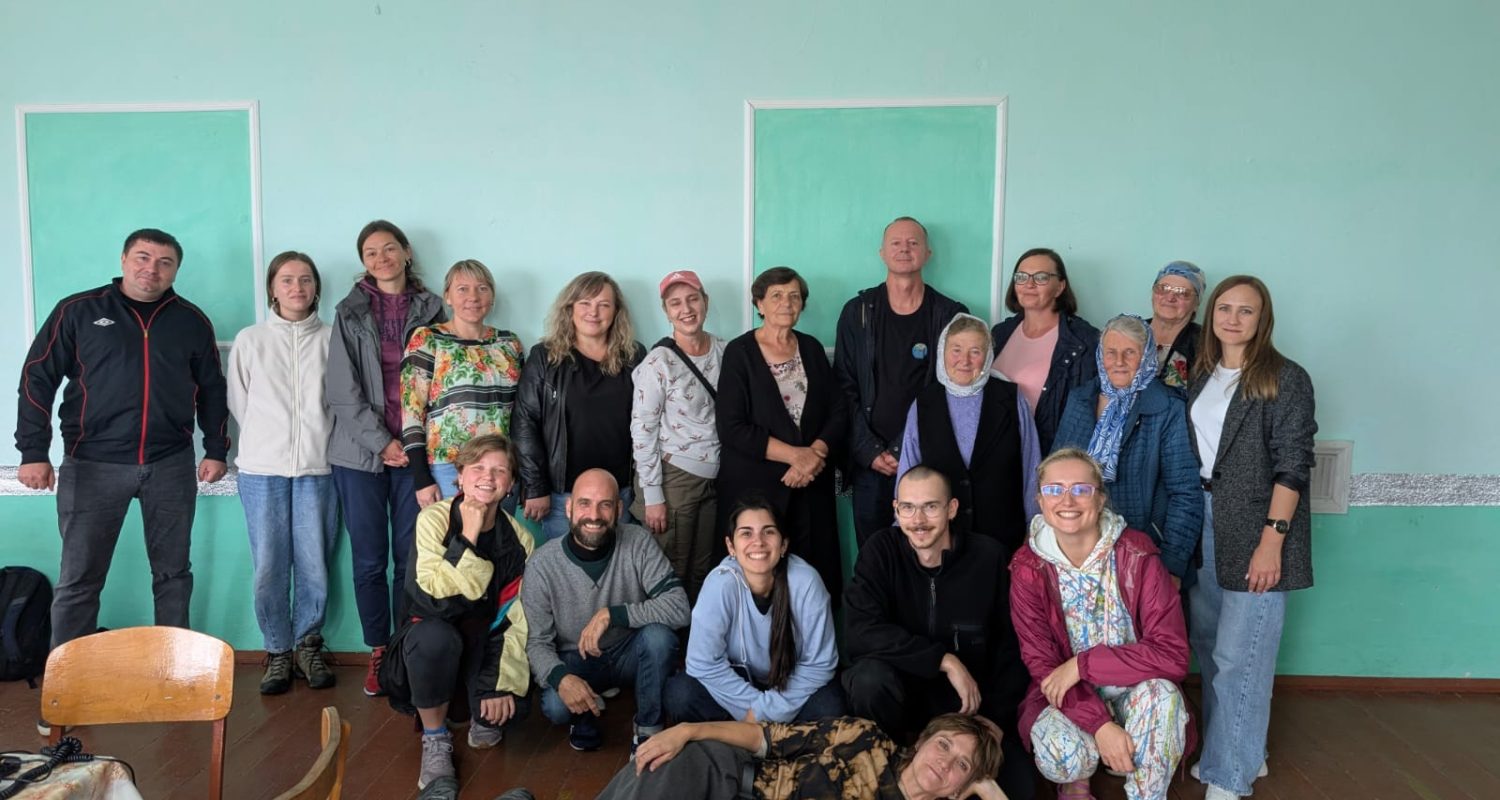
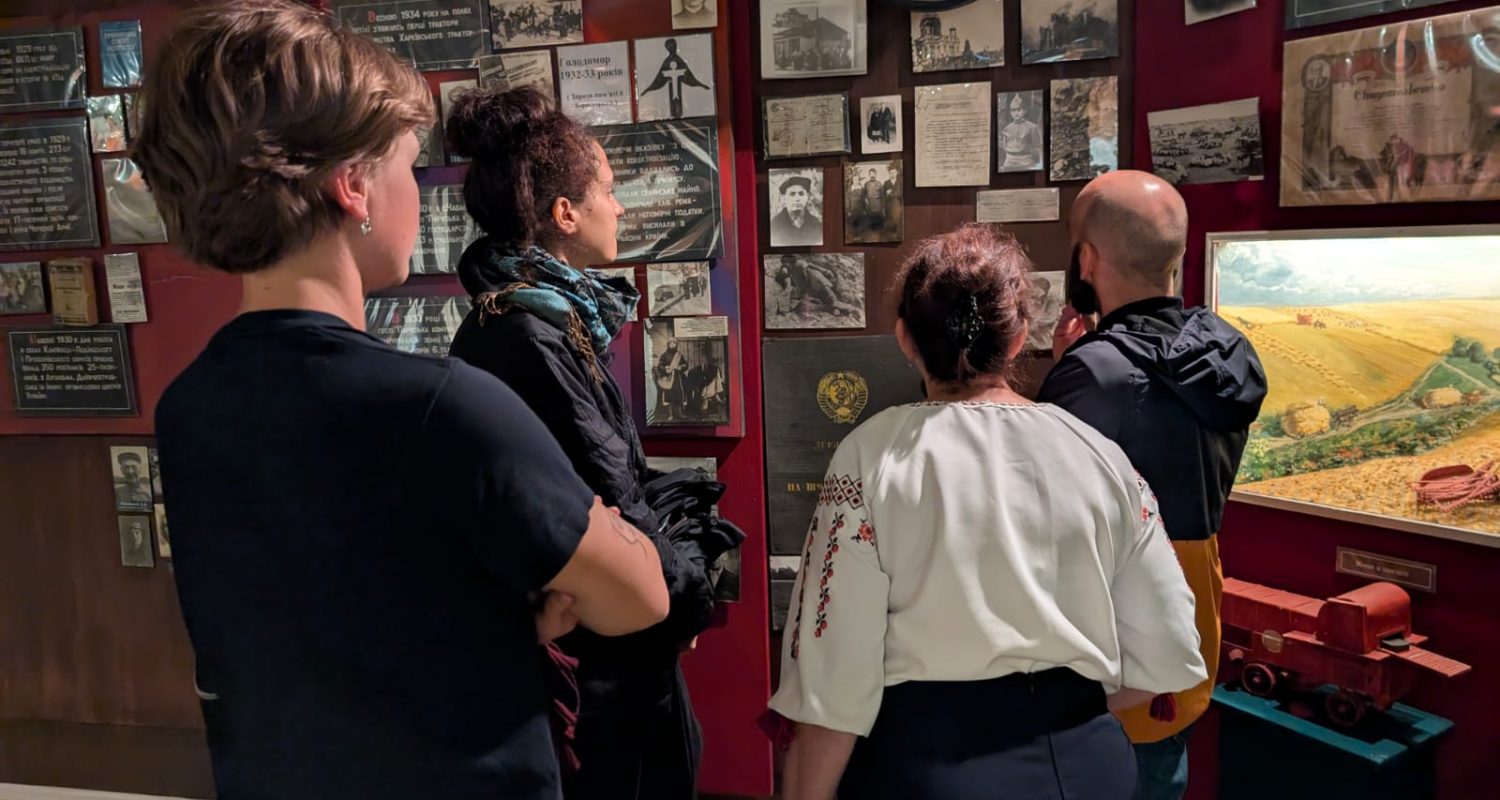
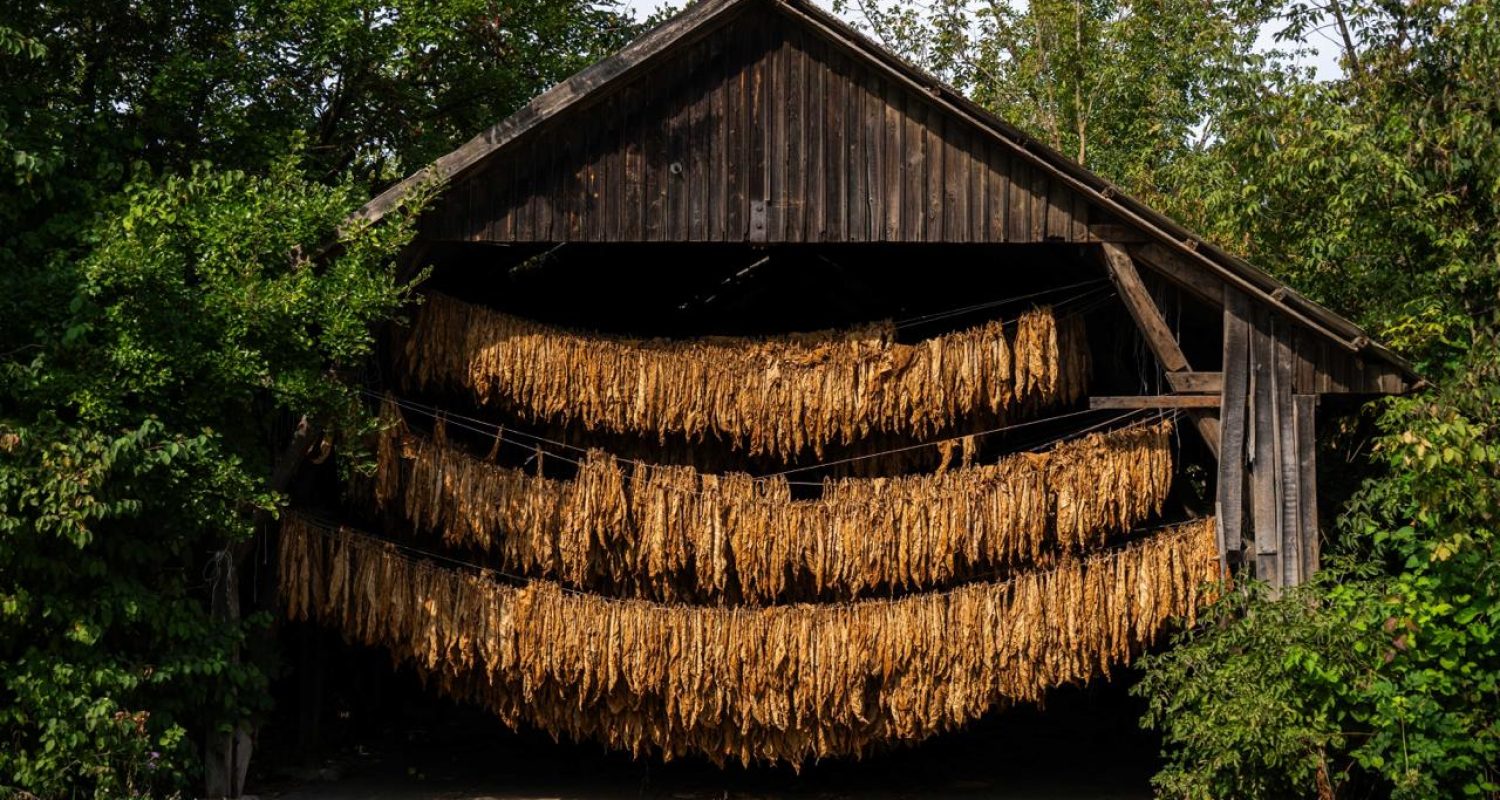
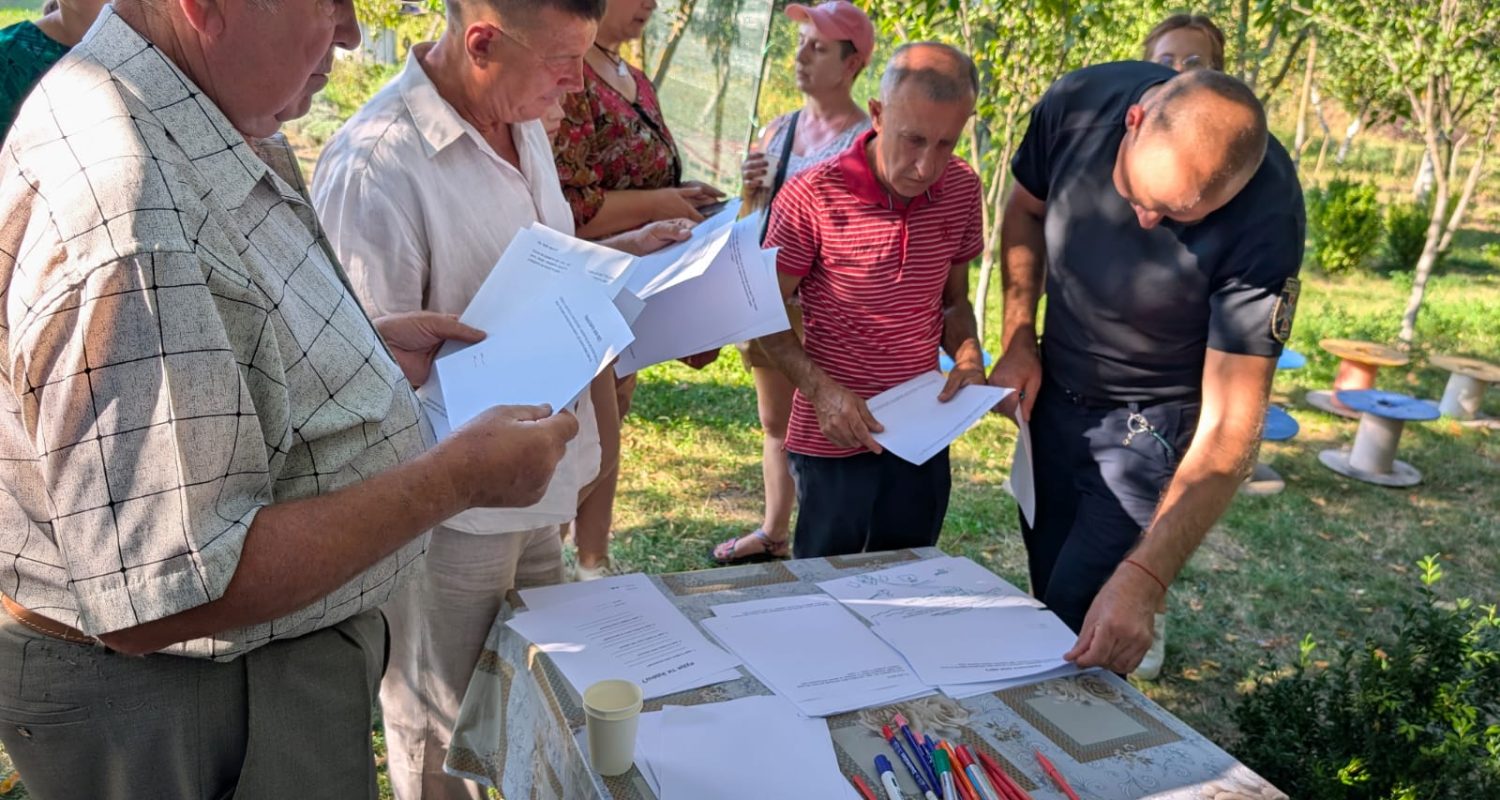


The podcast
A podcast recorded during the artistic residency will tell the story of the creative process developed throughout the project, through the voices of the artists and the people involved in producing the guide.
The project spaces
Bakota district
Today Bakota – a district in Khmelnytsky region, located in Southwestern Ukraine, near the border with Moldova – is the most popular tourist destination in Ukraine according to Google searches. But you won’t find a town called Bakota on the map. The history of Bakota ended in 1981, when during the construction of the Novodnistrovska hydroelectric power station by the Soviet authorities, the town was completely flooded with water, as were dozens of neighboring towns and villages with a rich historical and cultural heritage. The price of this reservoir is about 30 flooded villages, 16 thousand hectares of fertile land, 100 hectares of forest and displaced residents, and most importantly, the unique centuries-old cultural heritage of the region.
Now the entire Bakota is under water, and the towns and villages around the Bakota Bay on the high bank of the Dniester Reservoir are conventionally named after it.
Revitalising it is particularly relevant since Ukraine’s heritage is under attack within the framework of the Russian’s aggression. As after the flood in the 1980s, people are again forced to move and this special connection between the past and the present and between Bakota’s inhabitants and displaced persons should be recounted.
Bakota Hub
The main project activities will be located in Bakota Hub, a cultural center in the Bakota district, created in 2021 by the organizers of the Respublica music and street art festival on the basis of a former abandoned school to provide people from different parts of Ukraine with space, time, and resources for development and recovery.
Originally created as a space for hosting art residencies, Bakota Hub has since evolved to serve a much broader purpose, constantly adapting to new challenges and needs. In 2022, they temporarily suspended artistic activities and turned the hub into a shelter for internally displaced persons (IDPs) for 1.5 years.
Today, those who lived in the hub have successfully integrated into the local community. In recent years, NGO Territory has developed projects for artists, youth, veterans and their families, IDPs, and other communities. Bakota Hub has become a magnet for artists, cyclists, yoga practitioners, and travelers, serves as a multi-functional space: an art residence, a platform for cultural and educational lectures, workshops, cultural center, hostel, and tourist destination, providing time, space, and resources for the recovery and development of diverse audiences. It is a year-round retreat for people from across the country seeking both personal and professional growth.
Over the past three years, the number of tourists visiting Horaivka has tripled, attracting young people and families who have already purchased homes and moved to the village. Ten murals, numerous artworks, and a local museum have been created, turning the village into a vibrant cultural hub.
Who we are
Fundacja Ziemniaki (PL) is a Warsaw-based cultural organisation and not-for-profit that encourages and nurtures early-career artists, designers, craftspeople, writers and curators. We believe that there is no future without culture. That’s why we’re driven to work together on improving access, visibility, and working conditions in the creative arts, and encouraging their positive role in an open and free society.

Khmelnytskyi Regional Youth Public Association ‘Territory (UKR) (Instagram) – is an institution that implements cultural, educational, and social projects aimed at developing local communities, cities, and regions. The organization actively promotes cross-sectoral interaction to foster the growth of communities and territories. In recent years, its activities have focused on the development of small territories through cultural and tourism projects, particularly the development of the Bakota region, where the organization’s art residency Bakota Hub (Instagram) is located.
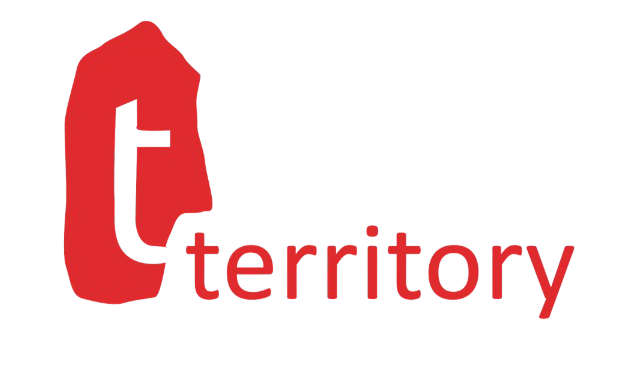
Sineglossa (ITA) is a cultural organisation, based in Ancona and Bologna, that promotes the emerging of new models of sustainable development by applying contemporary art processes. Through the contamination between humanistic and scientific disciplines, we search for beautiful, sustainable and inclusive solutions. We create hybrid ecosystems involving artists, scientists, entrepreneurs and humanists – but also universities, public administrations and local communities. We believe in the fundamental social role of culture and strive to promote culture-based innovation. We are an official partner of the New European Bauhaus and curate Mangrovia, a magazine that tells other stories about culture, technology and society.
Credits
A Discovery Guide for Recovery is a project run by Sineglossa (IT), NGO Territory (UKR) and Fundacja Ziemniakii (PL), cofunded by Creative Europe programme of European Union.
